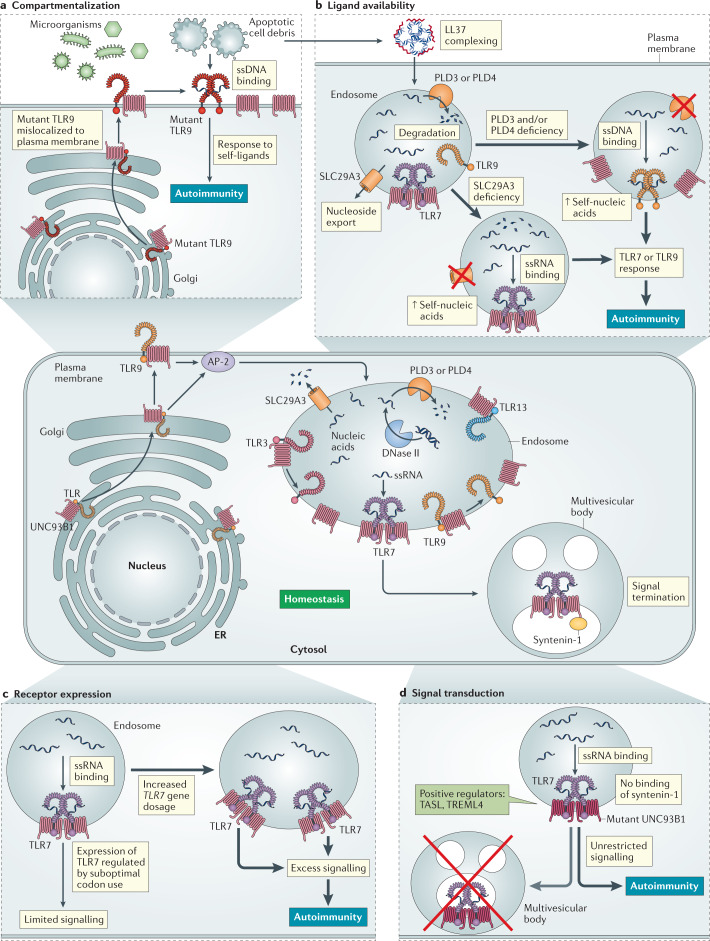Fig. 2. The four categories of regulatory mechanisms for nucleic acid-sensing Toll-like receptors.
At homeostasis (centre panel), multiple regulatory mechanisms — compartmentalization, ligand availability, receptor expression and signal transduction — function collectively to limit the responses of nucleic acid-sensing Toll-like receptors (NA-sensing TLRs) to self-nucleic acids, while preserving responses to microbial nucleic acids. All NA-sensing TLRs require the transmembrane protein UNC93B1 to exit the endoplasmic reticulum (ER), where they are translated, and traffic via the classical secretory pathway to endosomes. To reach an endosome, TLR9 must first traffic to the plasma membrane, where it is internalized by adaptor protein complex 2 (AP-2)-mediated endocytosis. UNC93B1 also mediates regulatory functions after exit from the ER. For example, TLR3 and TLR9 are released from UNC93B1 in the endosome, whereas TLR7 remains associated. This subjects TLR7 to additional regulation through binding of syntenin-1 to UNC93B1, which leads to sorting of the UNC93B1–TLR7 complex to multivesicular bodies and termination of signalling. The fate of UNC93B1–TLR13 complexes in endosomes is currently not known. The distinct stoichiometry of dimeric UNC93B1–TLR7 complexes, compared with monomeric UNC93B1–TLR3 complexes, is also depicted. Breakdown of these regulatory mechanisms has been linked to the induction of autoimmunity and/or autoinflammation. For each category of regulatory mechanism, representative examples of how that regulation can break down are indicated. Detailed discussions of additional examples are provided in the main text. a | Compartmentalization. Mislocalization or defective compartmentalization of mutant TLR9 enables recognition of extracellular self-DNA. b | Ligand availability. Association of self-DNA and self-RNA with the antimicrobial peptide LL37 promotes their uptake into endosomes and reduces degradation by nucleases. Loss of the membrane-anchored 5′ exonucleases phospholipase D3 (PLD3) and PLD4 or of the nucleoside exporter SLC29A3 increases the availability of self-nucleic acids within endosomes and triggers activation of TLR9 or TLR7, respectively. c | Receptor expression. Overexpression of TLR7 increases the number of receptors in endosomes, which enables responses to otherwise non-stimulatory levels of self-RNA. d | Signal transduction. Loss of syntenin-1 binding to mutant UNC93B1 disrupts the sorting of UNC93B1–TLR7 complexes into multivesicular bodies, which is required to restrict TLR7 responses to self-RNA. Positive regulators of NA-sensing TLRs, such as TASL and TREML4, can enhance downstream signalling. ssDNA, single-stranded DNA; ssRNA, single-stranded RNA.

